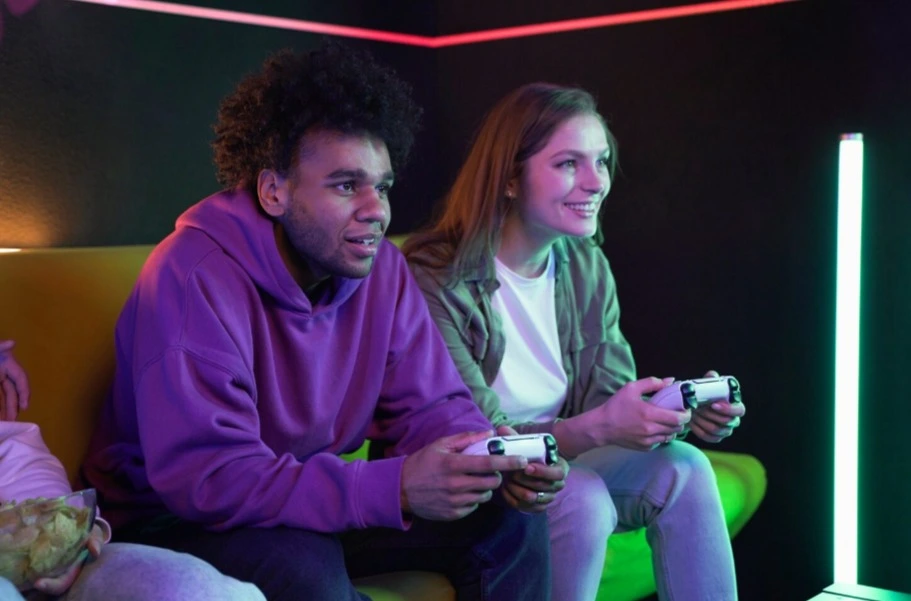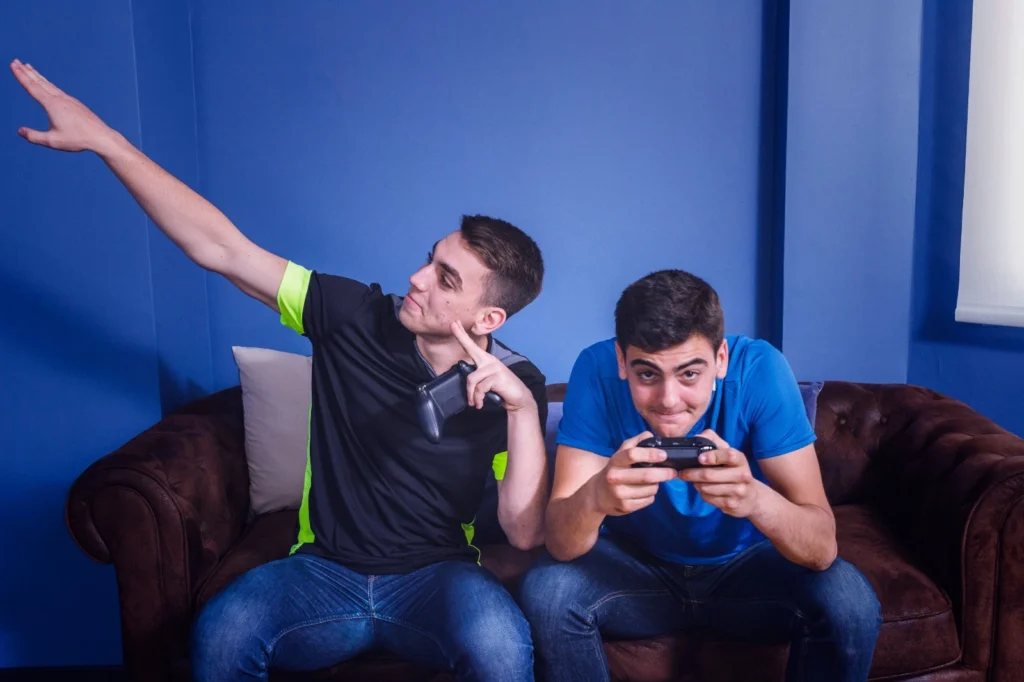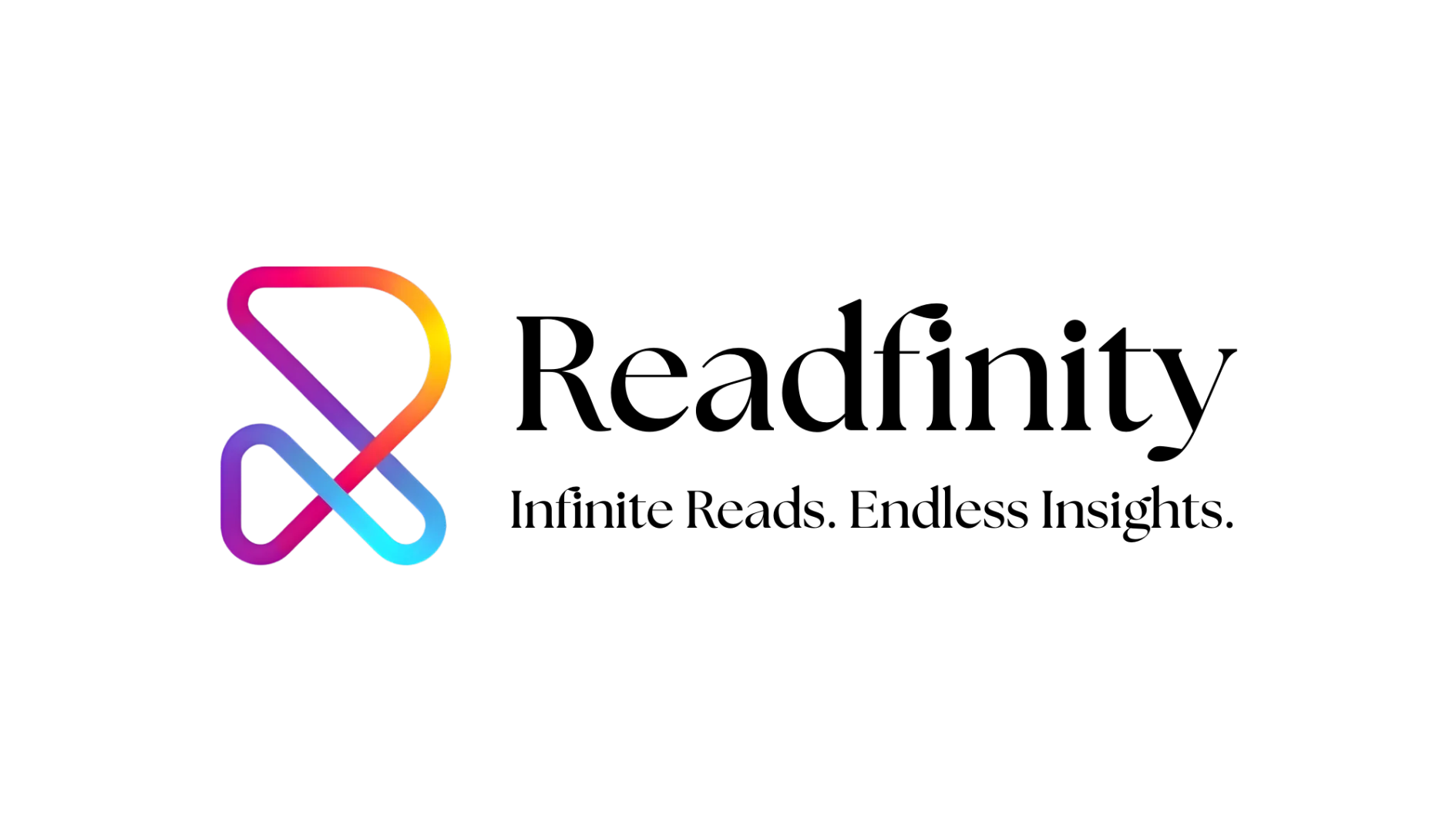Estimated Reading Time: 10-14 minutes (2,109 words)
Introduction
The rise of mobile gaming in India isn’t just a tech trend—it’s a cultural shift. In less than a decade, India has transformed from a console-poor nation to a mobile gaming superpower, with over 420 million active gamers—one of the largest player bases in the world. What started as casual timepass gaming has evolved into a booming ecosystem of esports athletes, gaming content creators, and competitive tournaments watched by millions.
A major turning point arrived in 2018 with PUBG Mobile. For the first time, Indian gamers could compete with the world in real time using just a smartphone. PUBG became a national sensation, especially among Gen Z and college youth. Local gaming cafes turned into battleground hubs, and aspirational players like Mortal, Jonathan, ScoutOP, and Dynamo became household names. PUBG did what no other game had done before—it made gaming a legitimate career path in India.
But in 2020, the party ended abruptly. PUBG was banned in India due to security concerns, leaving millions of players and a budding esports economy stranded. Yet the gaming community didn’t fade—it waited. And in 2021, the comeback story began.
Enter BGMI (Battlegrounds Mobile India), launched by Krafton exclusively for the Indian market. The game didn’t just revive PUBG’s legacy—it reignited India’s entire gaming industry. BGMI brought back the thrill of competitive gaming, and with it, sponsors, tournaments, prize pools, and brand partnerships. Today, BGMI stands as a symbol of India’s gaming resilience.
But this story is bigger than PUBG and BGMI. India’s gaming rise is powered by:
- The world’s cheapest mobile data plans
- Affordable smartphones now optimized for gaming
- 5G expansion, boosting multiplayer gaming
- A massive, young population eager for entertainment
- The creator economy, where gamers monetise streams and content
From metro cities to tier-3 towns, gaming has become India’s new digital playground. And we are only getting started.
In this article, we’ll explore:
✅ How India became the world’s fastest-growing mobile gaming market
✅ PUBG’s impact and BGMI’s revival story
✅ Global comparison: Where India stands today
✅ Monetization trends: How gamers make money online
✅ Challenges: Regulations, bans, and real-money gaming crackdowns
✅ Future outlook: What the next 10 years look like
Whether you’re a gamer, investor, student, or digital entrepreneur—this deep dive into India’s gaming revolution will show you why mobile gaming is no longer just fun, it’s business.

The Mobile Gaming Boom in India
✅ Internet & Smartphone Explosion
- India crossed 886 million internet users in 2024 (IAMAI report), becoming one of the largest online markets.
- The Jio data revolution made internet access cheap, boosting gaming even in Tier-2 and Tier-3 cities.
- Affordable smartphones with 90Hz/120Hz displays and gaming processors are now available under ₹15,000.
- Mobile gaming became accessible to the masses, not just tech-savvy users.
PUBG’s Entry and Cultural Impact
- PUBG Mobile launched in 2018 and quickly crossed 50 million daily active users in India.
- It introduced real-time multiplayer battle royale gaming to India.
- Sparked the birth of Indian esports, with massive tournaments like PUBG Mobile India Series.
- Created gaming celebrities and streamers like Mortal, Dynamo, ScoutOP, and CarryMinati (who often streamed PUBG).
PUBG transformed gaming from “timepass” to a career and community culture.
BGMI: India’s Comeback Story
- PUBG was banned in 2020 due to security concerns linked to Chinese servers.
- In 2021, Krafton relaunched the game as BGMI (Battlegrounds Mobile India) with India-based servers.
- BGMI crossed 100 million+ downloads within a year of launch.
- It revived the Indian esports ecosystem with leagues, sponsorship deals, and team organizations.
- Today, BGMI continues to dominate mobile gaming in India with tournaments, creators, and competitive clans.
Global Context: Where India Fits
- Global games market in 2025: $188.8B revenue. Mobile is the largest platform.
- India contributes 420M+ gamers, making it the world’s largest player base by users but with lower ARPU (~$10 vs $100+ in developed markets).
India = eyeball powerhouse → ads, sponsorships, and streaming revenue > direct purchases
Monetization & Business Opportunities in India’s Mobile Gaming Ecosystem
Ad-Supported & In-App Purchase Model
- Free-to-play (F2P) dominates mobile gaming in India, lowering entry barriers for users.
- Most games use a hybrid monetization model — free downloads + ads + paid upgrades.
- Rewarded ads (watch ads to unlock rewards) are widely popular in India.
- Indian users are price-sensitive; average in-app purchase (IAP) is around ₹250–₹500 per user.
Instead of expensive items, microtransactions like UC (BGMI), diamonds (Free Fire), and skins sell well.
Esports & Creator Economy Explosion
- BGMI, Free Fire, Call of Duty Mobile, and Valorant (PC) fuel a thriving esports market.
- India hosts tournaments with prize pools over ₹2–₹5 crore, supported by brands like Nodwin Gaming and Krafton.
- Top gaming creators earn ₹5 lakh to ₹50 lakh per month via YouTube ads, live streams, and fan donations.
- Monetization channels include:
- YouTube Ads & SuperChats
- Paid Brand Collaborations
- Tournament winnings
- Custom room hosting & memberships
- Gaming is no longer a hobby—it’s now a full-time career path for many Indian youth.

Affiliate Marketing & Brand Sponsorships
- Gaming products are a top affiliate niche in India thanks to high demand.
- Best-performing affiliate categories:
- Gaming smartphones (₹15,000–₹40,000 segment growing fast)
- Gaming headphones & mics
- Mobile triggers/controllers
- RGB setups & gaming chairs
- High SEO opportunity in comparison blogs like:
- “Best Gaming Phones Under ₹20,000 (2025)”
- “Best 5G Plans for Gamers (Jio vs Airtel vs Vi)”
- “Top BGMI Headphones Under ₹1000”
Gaming brands are open to sponsorships, making it a great niche for affiliate creators and review bloggers.
Regulatory Challenges in India
- 2020 PUBG Ban raised national security concerns — pushed companies to comply with local data rules.
- BGMI relaunch succeeded in 2021 after Krafton moved servers to India and partnered locally.
- 2025 crackdown on Real Money Gaming (RMG) affected fantasy apps like Dream11 and poker startups.
Esports and casual gaming remain fully legal and supported by government initiatives like E-Gaming policy drafts.
Future Outlook (2025–2035)
- India is on track to become the Top 3 global gaming markets by 2030.
- ARPU (Average Revenue Per User) expected to grow as more users adopt battle passes & subscriptions.
- 5G and Cloud Gaming will bring console-quality gaming to budget smartphones.
- Esports likely to gain official sports status and possible Olympic recognition by 2030.
- VC funding and global gaming studios will continue to invest in India-first game development.
FAQs Section
1. Why was PUBG banned in India?
PUBG Mobile was banned by the Indian government in September 2020 under Section 69A of the IT Act. The official reason was national security concerns, as the game’s publisher Tencent had ties to China and sensitive player data was being routed outside India. The move was part of a larger ban on Chinese apps at the time.
2. Is BGMI legal in India now?
Yes, BGMI (Battlegrounds Mobile India) is legal and available in the country. Krafton relaunched the game in 2021 with India-based servers, local partnerships, and stricter data privacy policies. It operates under Indian IT guidelines and maintains regular communication with government authorities.
3. How many gamers are there in India?
As of 2025, India has over 420 million active gamers, making it the world’s largest gaming population by users. Around 95% of these gamers play on mobile devices, making India a mobile-first gaming market.
4. What is India’s global rank in gaming?
- By number of gamers → Rank 1 globally
- By total gaming revenue → Mid-tier ranking
- India still lags behind the U.S., China, Japan, and South Korea in revenue due to low ARPU (Average Revenue Per User) — but this is improving as more users spend on subscriptions and in-game purchases.
5. What phones are best for BGMI and mobile gaming in India?
For smooth gameplay, gamers prefer smartphones with 120Hz display refresh rate, Snapdragon 7 or 8 series processors, and UFS 3.1 storage. Popular picks under ₹30,000 include:
- iQOO Neo series
- Poco F6
- OnePlus Nord CE 4
- Realme GT series
Samsung Galaxy A54 (optimized display)
These devices support graphics up to Ultra/Extreme and deliver reliable battery life for long gaming sessions.
6. Can you make money from gaming in India?
Absolutely yes. Thousands of Indian gamers earn steady income through:
- YouTube streaming and gaming videos
- Esports tournaments (BGMI, Free Fire, CODM)
- Brand sponsorships
- Affiliate product reviews
Team management and coaching
This is non-RMG (non–real-money gaming) monetization and is fully legal.
7. What are the most popular game genres in India?
India’s top mobile gaming genres in 2025 are:
| Rank | Genre | Popular Games |
| 1 | Battle Royale | BGMI, Free Fire |
| 2 | Casual/Hyper-Casual | Candy Crush, Subway Surfers |
| 3 | Action/Adventure | Genshin Impact |
| 4 | Simulation | Bus Simulator, Car Parking |
| 5 | MOBA | Honor of Kings, Pokémon Unite |
8. Will real-money gaming (RMG) like Dream11 or rummy return freely?
Real-money gaming is now strictly regulated in India. The 2025 guidelines restrict poker, rummy, and fantasy betting apps unless they obtain government licensing and follow strict KYC tax rules. RMG brands may return gradually under a transparent legal framework, but esports and casual gaming remain unaffected.
9. What’s the future of esports in India?
Esports is one of the fastest-growing industries in India. By 2030, expect:
- Televised esports leagues on TV & OTT
- Big brand sponsorships (Red Bull, Asus, Hyundai, Gillette)
- University-level esports scholarships
- Indian teams competing at global events
- Possible Olympic recognition
10. What are the risks for India’s gaming ecosystem?
Despite massive growth, India still faces challenges:
- Policy uncertainty due to gaming bans
- Low monetization per user
- High dependency on foreign publishers
- Game addiction concerns among teens
- Digital payment regulations for in-app purchases
11. Is mobile gaming good as a career choice in India?
Yes, but it’s competitive. Success requires consistent content creation, community building, and professional skill development. Career paths include:
- Esports athlete
- Streamer/YouTuber
- Game coach or analyst
- Gaming content editor
- Esports team manager
- Game developer/tester
12. What age group plays the most mobile games in India?
Around 70% of Indian gamers are between 16–35 years old, with college students and young professionals being the most active. However, a rising number of women and working adults now play casual games.
13. Why is mobile gaming booming in India?
- Cheap data (Jio effect)
- Affordable smartphones
- Young, mobile-first population
- Esports & BGMI tournaments
- Regional/localized content
Summary & Key Takeaways
India’s mobile gaming revolution marks one of the fastest digital transformations in the world. What began with PUBG’s cultural explosion in 2018 has now evolved into a thriving BGMI-driven esports and creator economy, blending technology, entertainment, and entrepreneurship.
Key Highlights:
- 🇮🇳 420+ million active gamers make India the largest mobile gaming market by users globally.
- 📱 Growth fueled by cheap data (Jio effect), affordable gaming smartphones, and widespread 5G expansion.
- 🎮 PUBG’s rise (2018–2020) redefined gaming as a legitimate profession and pop-culture phenomenon.
- 🔥 BGMI’s comeback (2021–present) revived esports, brand sponsorships, and local tournaments worth ₹2–₹5 crore
- 💰 Monetization is shifting from ads to microtransactions, battle passes, and influencer-driven marketing.
- 🌏 India dominates by volume but has low ARPU (~$10) compared to global markets, leaving room for massive revenue growth.
- 🏆 Esports is on track for official sports recognition by 2030, with Indian teams competing globally.
- 💡 Future (2025–2035):
- ARPU to rise via subscriptions and digital payments.
- Cloud gaming + 5G = console-quality experience on budget phones.
- Growth of Made-in-India games and indie studios.
- Continued investment from global publishers & VCs in India-first projects.
In essence, India’s journey from PUBG to BGMI symbolizes a new era of digital youth culture — where gaming is not just entertainment, but a driver of careers, creativity, and commerce. The next decade will see India emerge as both a global esports hub and a game development powerhouse.

Conclusion
India’s journey from PUBG to BGMI is more than just the story of a popular game—it represents a cultural shift and a digital revolution. Mobile gaming has evolved from a casual pastime to a mainstream entertainment industry powered by affordable smartphones, low-cost internet, and a passionate youth community.
What began as a gaming craze has now transformed into a full-fledged economic ecosystem that includes:
- Esports organizations and professional tournaments
- Gaming content creators and streaming careers
- Mobile gaming startups and game studios
- Affiliate and brand partnerships
- Educational institutions promoting esports
With 5G rollout, AI-powered game engines, cloud gaming, and localized content, India is no longer just a consumer market—it’s becoming a global gaming influencer. Major gaming companies like Krafton, Tencent, Garena, and Riot Games now treat India as a priority market, while homegrown studios are rising fast with Made-in-India titles.
The next decade (2025–2035) will define India’s role in gaming:
- From players to creators
- From streaming to career opportunities
- From imports to Indian game publishing
Mobile gaming in India is not just booming—it’s reshaping the future of entertainment, technology, and digital entrepreneurship.
References & Sources
All data and insights are derived from credible, up-to-date reports, press releases, and research studies relevant to India’s gaming ecosystem:
- IAMAI & Kantar Report (2024): “Internet in India 2024 – User Growth & Digital Trends.”
- Krafton India Press Release (2023–2025): BGMI download milestones, esports investments, and local partnerships.
- Statista Gaming Market Report (2025): Global Games Market Revenue & ARPU Comparison.
- Newzoo Global Games Market Report (2024–2025): India’s player base, growth projections, and market ranking.
- FICCI-EY Report (2024): “The Stage is Set: Gaming & Esports in India.”
- Nodwin Gaming & Esports Premier League (2024): Tournament prize pools and sponsorship data.
- MeitY Draft E-Gaming Policy (2025): Government regulations on esports, RMG, and digital gaming.
- Business Standard / Economic Times (2024–2025): Articles on BGMI relaunch, Krafton investments, and Indian gaming startups.
- YouTube Creator Analytics (2024): Monetization insights for Indian gaming streamers.
- PWC India Media & Entertainment Outlook (2025): Growth forecast for mobile gaming and OTT-linked esports.







